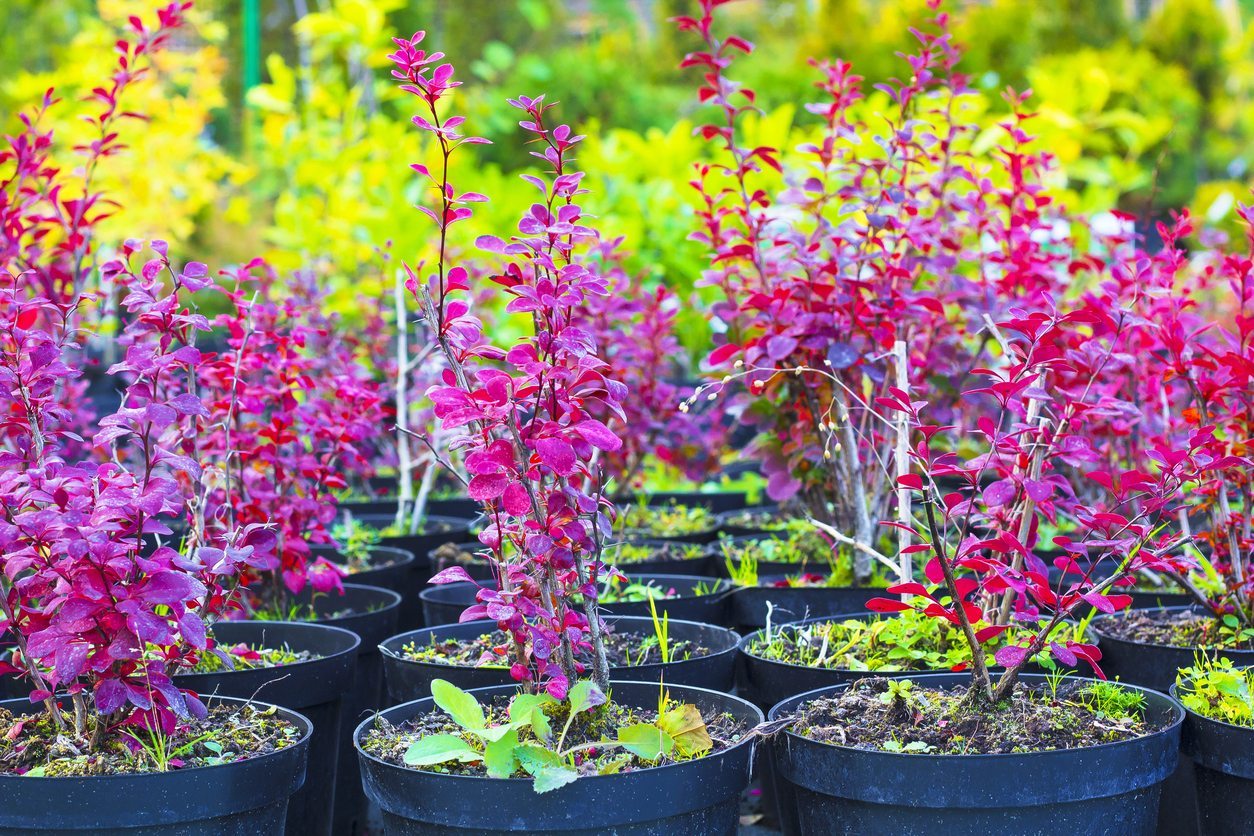Barberry Plant Propagation: Tips For Propagating A Barberry Shrub


Barberry shrubs (Berberis spp.) are evergreen or deciduous plants made ornamental by yellow blossoms in summer and red berries in autumn. Given the thorns on their branches, they work well for defense hedges. If you have one barberry but want more, propagating a barberry shrub isn’t difficult. You can take barberry cuttings for barberry plant propagation or plant the seeds that grow inside the berries. Read on for tips on how to propagate a barberry.
Barberry Plant Propagation
Several hundred different species of barberry plant exist on the planet, and more than a few might find their way into your local garden store. Generally, barberry plant propagation is similar for all species. Can you grow seeds from barberries? You can, but you cannot be sure that the new plant will look like the old one. The only method of propagating a barberry shrub that is sure to duplicate the parent is to root barberry cuttings. If you decide to propagate barberries with seeds, you’ll want to remove all of the berry pulp from them carefully before planting. If you don’t, the seeds may not germinate or may be susceptible to disease. Seeds should be stratified at 40 degrees F. (4 C.) for two to six weeks. Plant them in spring or fall.
How to Propagate a Barberry with Barberry Cuttings
If you love the features of your barberry shrub and want more just like it, your best choice of method for propagating a barberry shrub is with cuttings. The resulting plant will be identical to the parent. You can take the barberry cuttings in spring after the blossoms are faded or take semi-hardwood cuttings in summer. The first step in this type of barberry plant propagation is to prepare a rooting pot. Fill it with coarse sand and flood the sand with water. This rinses it out and also moistens it thoroughly. Let it drain while you take the barberry cuttings. Take 6 inch (15 cm.) cuttings from the tips of vigorous side branches. Clip each one off just below a leaf node. Remove all of the shoots on the lower half of the cutting. Dab growth hormone on the nodes and dip the cut end in the hormone as well, then insert the cutting, bottom first, into the wet sand. The portion that still has leaves should stand above the soil line. Keep the cutting misted with water and cover its pot with a plastic bag to hold the moisture in. Add water if the top inch (2.5 cm.) of soil gets dry. Roots should appear within three weeks. You can test for them by lightly tugging the plant. If it offers resistance, it has rooted. Wait another two weeks, then transfer the barberry into a small container with potting soil. Move to a garden bed in fall.
Sign up for the Gardening Know How newsletter today and receive a free copy of our e-book "How to Grow Delicious Tomatoes".

Teo Spengler is a master gardener and a docent at the San Francisco Botanical Garden, where she hosts public tours. She has studied horticulture and written about nature, trees, plants, and gardening for more than two decades, following a career as an attorney and legal writer. Her extended family includes some 30 houseplants and hundreds of outdoor plants, including 250 trees, which are her main passion. Spengler currently splits her life between San Francisco and the French Basque Country, though she was raised in Alaska, giving her experience of gardening in a range of climates.